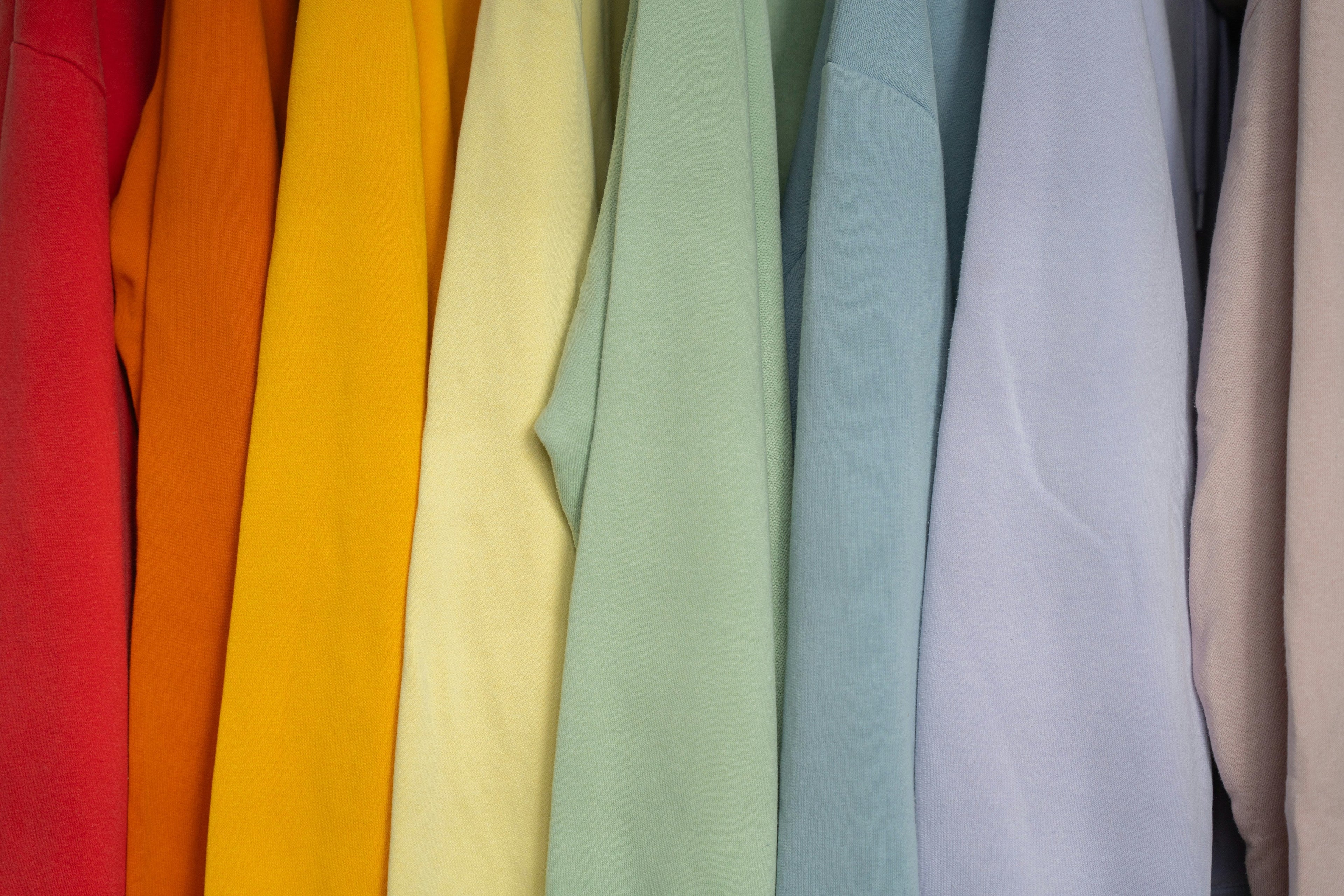We often think of pollution as something that happens "out there" in distant oceans or industrial towns. But what if one of the biggest sources of this pollution isn't an external threat, but something we willingly bring into our homes every single day? The story of microplastics isn't just about factories or a single industry, it’s about our closets, our carpets, and our laundry rooms. This is where the battle against them truly begins.
The Home is Ground Zero
While we often picture plastic pollution on a distant beach, research shows that the risk of exposure to microplastics is substantially higher indoors than outdoors. Our homes can become reservoirs for these tiny particles, with studies confirming that our textile goods are the most significant source. These fibers shed through daily wear, becoming part of the household dust we and our families breathe. Critically, the vast majority of these indoor fibers are identified as polyester, directly linking the textile industry's dominant material to our indoor air contamination.
A Microplastic Superhighway
The single most significant point where microplastics are released from our homes into the environment is the domestic washing cycle. When we wash our synthetic clothes, the mechanical and thermal stress causes fibers to break off and flow down the drain. A single laundry load of polyester clothing can discharge over 700,000 microplastic fibers directly into our water systems.
The Surprising Science of Shedding
Recent studies have revealed surprising details about how our laundry habits affect pollution. Because fiber release is a mechanical process, the amount of friction in a wash cycle is key. Counterintuitively, a smaller wash load creates more friction and can increase the number of microfibers released by approximately five times compared to a full load. Furthermore, the shedding is most aggressive when a garment is new. The vast majority of a synthetic garment's total microfiber release happens within its first 5 wash cycles.
Understanding the impact of our choices at home is a critical step. From the air we breathe to the water that leaves our laundry rooms, the materials we live with have a profound and lasting effect.
A FearKnot Principle: A healthier planet isn't just about protecting wild spaces. It begins with the conscious choices we make within our own homes.
Photo by Kajetan Sumila on Unsplash
